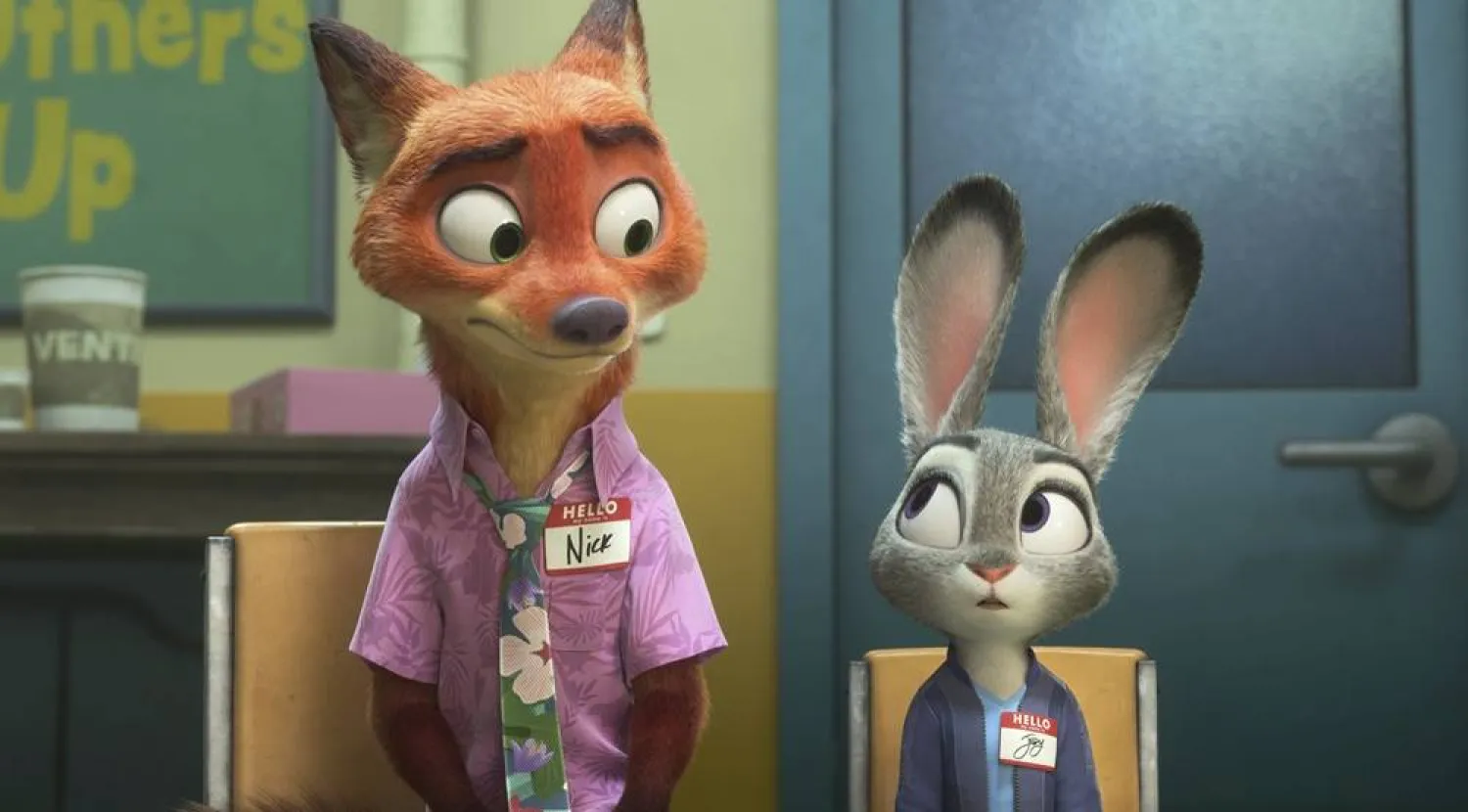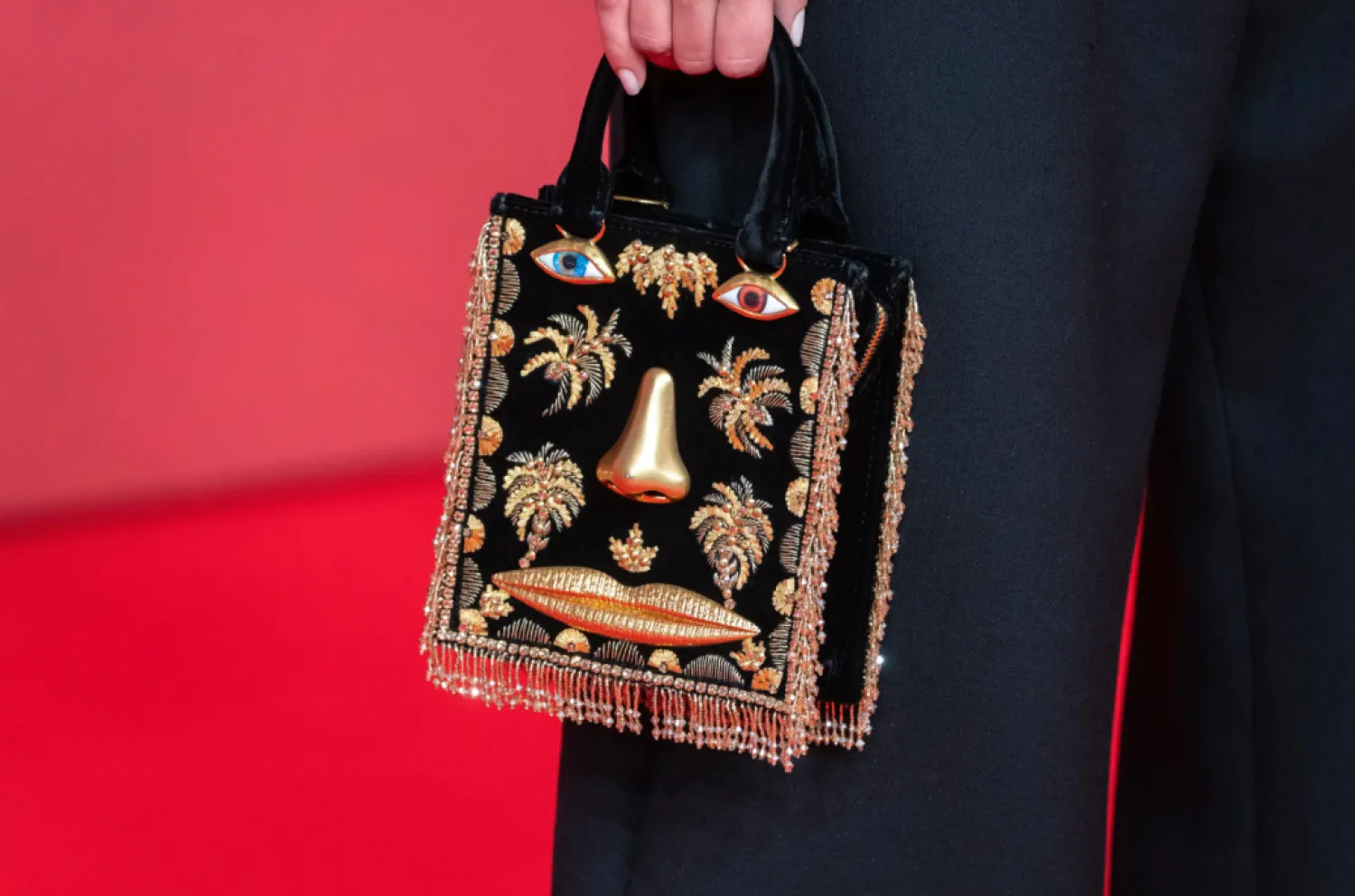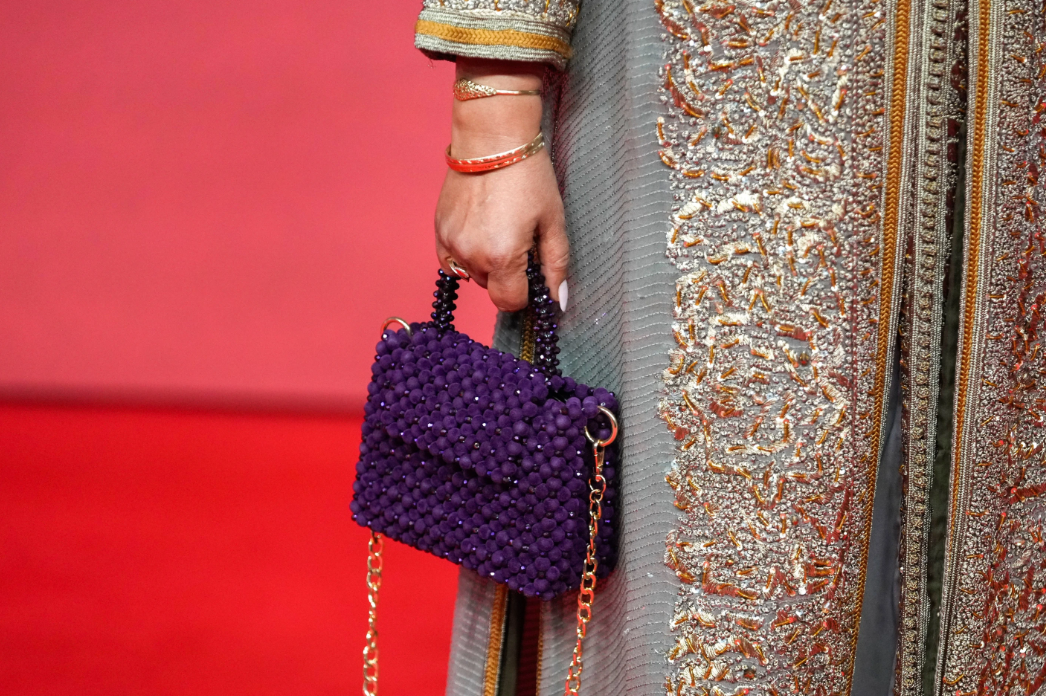Australian director George Miller described his "Mad Max" series as "addictive" on Monday as he prepares to premiere the fifth film set in its high-octane, post-apocalyptic world with the highly anticipated "Furiosa."
"Furiosa: A Mad Max Saga," out late May, is an origin story for the tough female warrior first played by Charlize Theron in 2015's Oscar-winning blockbuster "Mad Max: Fury Road."
The younger Furiosa will be portrayed by Anya Taylor-Joy, best known to wider audiences from the hit Netflix series "The Queen's Gambit."
The movie will receive a glitzy world premiere at the Cannes film festival early next month, but Miller shared a few early details about the prequel at the CinemaCon movie theater convention in Las Vegas on Monday.
Miller said the idea stemmed from the intense preparations that went into "Fury Road," for which he sketched out detailed childhoods and journeys for each character in order to help actors and crew navigate the world.
"We had to understand everything about what we see on the screen -- not only the backstory of every character, but every prop, every vehicle, every gesture," said Miller.
When "Fury Road" was a hit, grossing $380 million and winning six Oscars, Miller realized that the movie's backstory was "a rich story to tell" in its own right.
In the new plot, young Furiosa has been kidnapped from her home, and gets caught up in a battle between Immortan Joe -- the villain of "Fury Road" -- and his rival Dementus, played by Chris Hemsworth, of "Thor" fame.
It is the latest twist in a long road for a franchise that began with 1979's "Mad Max" starring a young, leather-clad Mel Gibson, who does battle with vicious biker gangs.
Miller was working as a medical doctor in his native Australia at the time, and the young cinephile was deeply affected by the many road accident victims he encountered in the hospital.
With an ultra-low budget, Miller could not afford to shoot in major cities, and was forced to improvise a deserted, post-societal collapse landscape.
"That was a really lucky thing, but because accidentally, the film -- which otherwise would have been present-day, naturalistic -- turned out to be more allegorical, unwittingly," recalled Miller, now 79.
"And that's sort of what led to 'Mad Max,' and that's why we're still doing them. Because they're very addictive."
'Uniquely familiar'
The initial movie grossed $100 million. Its global success led to "Mad Max 2: The Road Warrior" in 1981 and "Mad Max Beyond Thunderdome" in 1985.
The fast-paced, violent films drew on a visual language that audiences around the world could follow without needing much in the way of subtitles or dubbing.
"In Japan, 'Mad Max' was regarded as some sort of samurai. The French called it a 'Western on wheels.' In Scandinavia, he was a Viking," said Miller.
A fourth installment was a long time coming, as Miller tried his hand at wildly diverse films, including family movies like "Babe" and "Happy Feet."
"Fury Road" eventually arrived in 2015. The character of Max, now played by Tom Hardy, was relegated to second fiddle by Theron's tough-as-nails Furiosa.
With strong feminist themes, jaw-dropping effects and meticulously choreographed action sequences, it premiered at the prestigious Cannes festival and went on to earn 10 Oscar nominations, including for best picture and best director.
"Furiosa," Miller told the CinemaCon audience, "is different."
"You don't want a film to be a repetition of what you've just done... it has to be 'uniquely familiar,' as I like to say."











